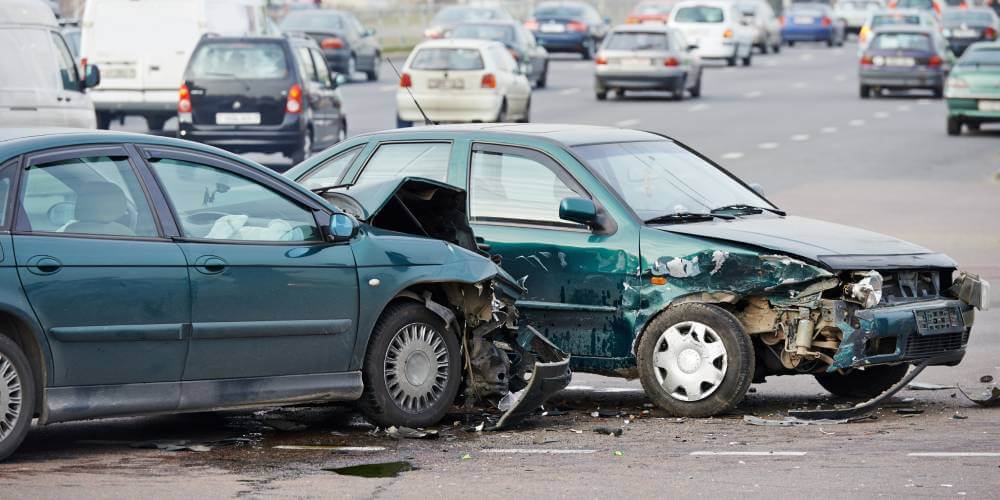Backing a car out from a driveway or a parking space–hemmed in by cars on either side that obscure the driver’s view–can lead to many car accidents. Cautious Chicago drivers all know the apprehensive feeling that rises when placing the transmission in reverse, craning one’s neck around and slowly moving backward. But cautious and negligent drivers alike can cause crashes in such situations: At least 300 people are killed and 18,000 injured each year in accidents involving a car backing up.
The auto industry took strides to address this problem, which may have been partly of their own doing. Some suggest that the evolution of car designs diminished rear visibility, making it harder to see other cars and pedestrians through the rear window. But car manufacturers responded by placing rear-view cameras in many of their models. The picture is relayed to a monitor in the car’s dashboard or, in some cases, to a small screen installed within the rear-view mirror.
The cameras make driving much safer and reduce the number of car accidents, which is why the federal government has wanted to make them standard equipment in vehicles for a number of years. But the universal advent of rear-view cameras has been delayed because car companies and the Department of Transportation cannot agree over how soon the image should appear after the driver places the car in reverse.
Auto makers want a three-second delay because screens take a brief time to come online when the car starts. The government wants a shorter interval, however. But even drivers with rear-view cameras may injure people when they fail to adequately check before backing up. Accident victims may be entitled to compensation in such instances.
Source: USA Today, “Video: Why backup cameras needed more than ever,” Fred Meier, May 21, 2012.

